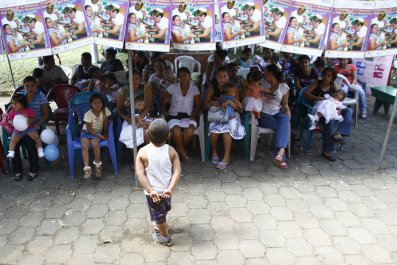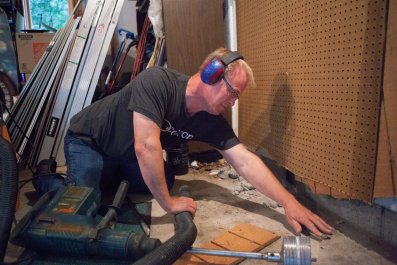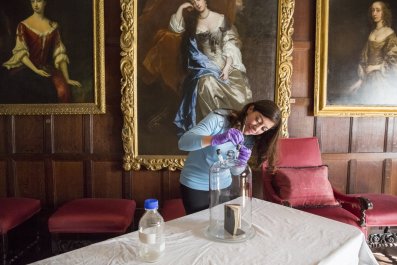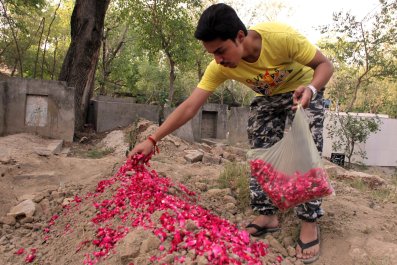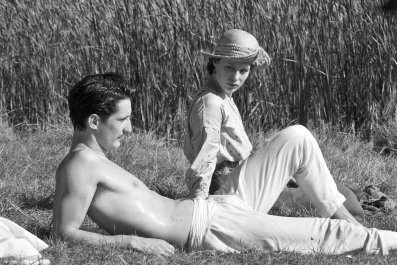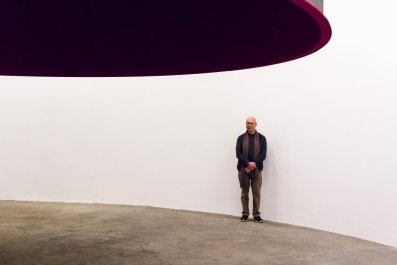Bacteria are a vexing problem for astronauts. The microorganisms that colonize our bodies grow uncontrollably on surfaces of the International Space Station, so astronauts spend hours cleaning them up each week. How is NASA solving this very tiny big problem? It's turning to a bunch of high school kids.
Well, not just any kids. It is depending on NASA HUNCH high school classrooms, like the one science teachers Gene Gordon and Donna Himmelberg lead at Fairport High School in Fairport, New York.
HUNCH, or High School Students United With NASA to Create Hardware, is a program run through Johnson Space Center designed to connect high school classrooms with NASA engineers. For the past two years, Gordon's students in upstate New York have been studying ways to kill bacteria in zero gravity, and they think they're close to a solution.
"We don't give the students any breaks. They have to do it just like NASA engineers or anyone sending hardware up to the space station," says Florence Gold, HUNCH's implementation project manager.
This isn't a traditional classroom. "There are no tests," Gordon says. "There is no graded homework. There almost are no grades, other than 'Are you working towards your goal?' Basically, [it's] 'I've got to produce this product and then, at the end of the year, present it to NASA.' Engineers come and really do an in-person review, and if you've ever met NASA engineers, it's not a very nice thing at times. It's a hard business review of your product."
One of the products his students designed is space slippers. NASA told the students that astronauts aboard the International Space Station often use the tops of their feet, hooked through ladders, to maintain position in zero gravity. This means they often return from space with bruised upper feet, so Gordon's students worked on slippers that cushion that area. "NASA combined my students' design with a couple of other schools' and is now going to have these 'space slippers,' my students call them, up on the International Space Station," Gordon says.
Gordon says the HUNCH program has an impact on college admissions and practical life skills. "These kids are so engaged that I just sit back. I don't teach."
And that pesky bacteria? Gordon says his students are emailing daily with NASA engineers about the issue, readying a prototype solution to test in space.




